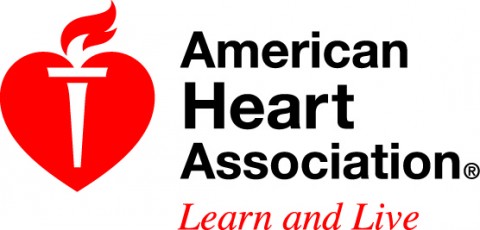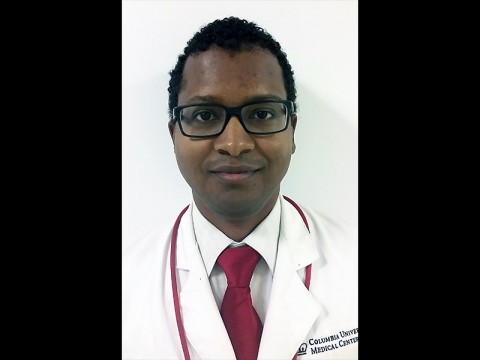American Heart Association Meeting Report: Abstract 15991
 Orlando, FL – Registering with more than one organ transplant center appears to give an edge to wealthy patients over those with the most medical need, according to research presented at the American Heart Association’s Scientific Sessions 2015.
Orlando, FL – Registering with more than one organ transplant center appears to give an edge to wealthy patients over those with the most medical need, according to research presented at the American Heart Association’s Scientific Sessions 2015.
Researchers studied the national database of organ donors from 2000 to 2013 and found that patients who simultaneously listed at more than one center had higher transplant rates, lower death rates while waiting, were wealthier and were more likely to be insured.

Researchers analyzed the United Network for Organ Sharing (UNOS) database, identifying adult patients listed as first-time, single-organ candidates for either heart, lung, liver or kidney transplants. The network is a nonprofit that manages the U.S. organ transplant system under federal contract. UNOS policy allows organ transplant candidates to be listed at multiple centers simultaneously.
Between 2000 through 2013, researchers identified: 33,928 patients waiting for a heart transplant (2 percent were multiple-listed); 24,633 patients waiting for a lung transplant (3.4 percent multiple-listed); 103,332 patients waiting for a liver transplant (6 percent multiple-listed); and 223,644 patients waiting for a kidney transplant (12 percent multiple-listed).
These findings suggest an advantage for wealthier patients who have the money for travel, temporary housing and other costs of multiple listing that are not covered by health insurance, Givens said. Patients with state-run Medicaid generally have lower income and may not have the option to list themselves at a center in a different state.
“The main issue is supply and demand,” Givens said. “The need for donor organs increases yearly; the supply does not. We really need more people to volunteer to donate their organs. That would relieve a lot of the strain on these inequalities. From a policy perspective, there is a need to redesign the system of organ allocation to ensure fairer access.”
Co-authors are Paul Christian Schulze, M.D., Ph.D. and Donna Mancini, M.D. Author disclosures are on the manuscript.
The International Society for Heart & Lung Transplantation and the Heart Failure Society of America funded the study.
Additional Resources:
- Heart Transplantation
- For more news from the AHA’s Scientific Sessions 2015 follow us on Twitter @HeartNews #AHA15.



